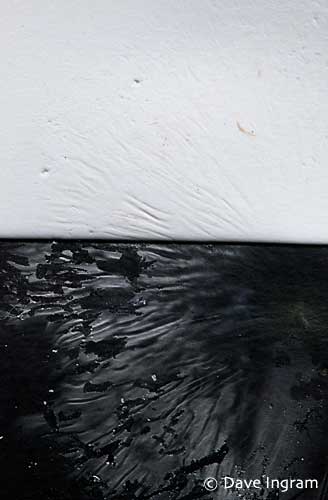This weekend I was lucky enough to get a couple of breaks in the weather that allowed for two family walks at nearby Miracle Beach Provincial Park on Vancouver Island, British Columbia. We were searching for mushrooms with the hope of actually identify them conclusively. This meant noting their characteristics in the field and then taking a sample back to the house to make spore prints.
Spore printing is best done by placing the cap of the mushroom gills facing down. After removing the stem, half of the cap rests on black paper and the other half on white paper. We were unsure if the spores were going to be dark or white in colour so the black and white paper ensures that we’d get a decent spore print on at least one of the sides.
The three mushrooms below are ones that we’re reasonably sure of. I’ll feature some of the unknowns in an upcoming post.
Zeller’s Boletus
Some mushrooms, like the boletes are relatively easy to identify in the field. Their distinctive pores instead of gills separate them from other mushrooms. In the case of this boletus, the reddish stalk and dark brown top allowed us to identify it as Zeller’s Boletus (Boletus zelleri). It was growing in appropriate habitat on rotting wood amongst Douglas Fir.
Amethyst Laccaria
This mushroom was a little past peak freshness but its colour was noticeable along the edge of the trail. We’re fairly confident that this is the Amethyst Laccaria (Laccaria amthysteo-occidentalis). The colour of the surface of this mushroom is a purplish brown. The gills (shown above) are lavender in colour and well spaced. The spore print for this species is white and matches the spore print that we made.
Deceptive Pholiota
We found this mushroom in two places in the park, one group was located on the road running through the park and another patch was in a campsite in the campground. The physical appearance of the mushroom, its habitat and spore print all strongly suggest that this is the Deceptive Pholiota (Pholiota terrestris).
All in all, we had a wonderful day at Miracle Beach Provincial Park and enjoyed finding some really beautiful mushrooms. Bringing back a few to the house to make spore prints and attempt to identify them was fun as well. We were careful to collect one representative mushroom only if there was a large number to select from.
Tomorrow, I’ll show you a few that we struggled with!






